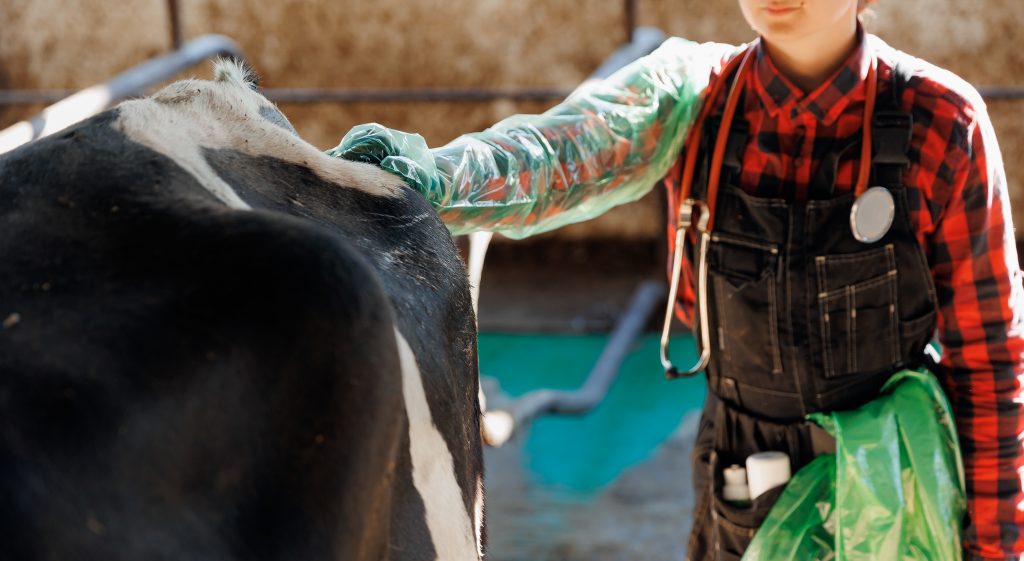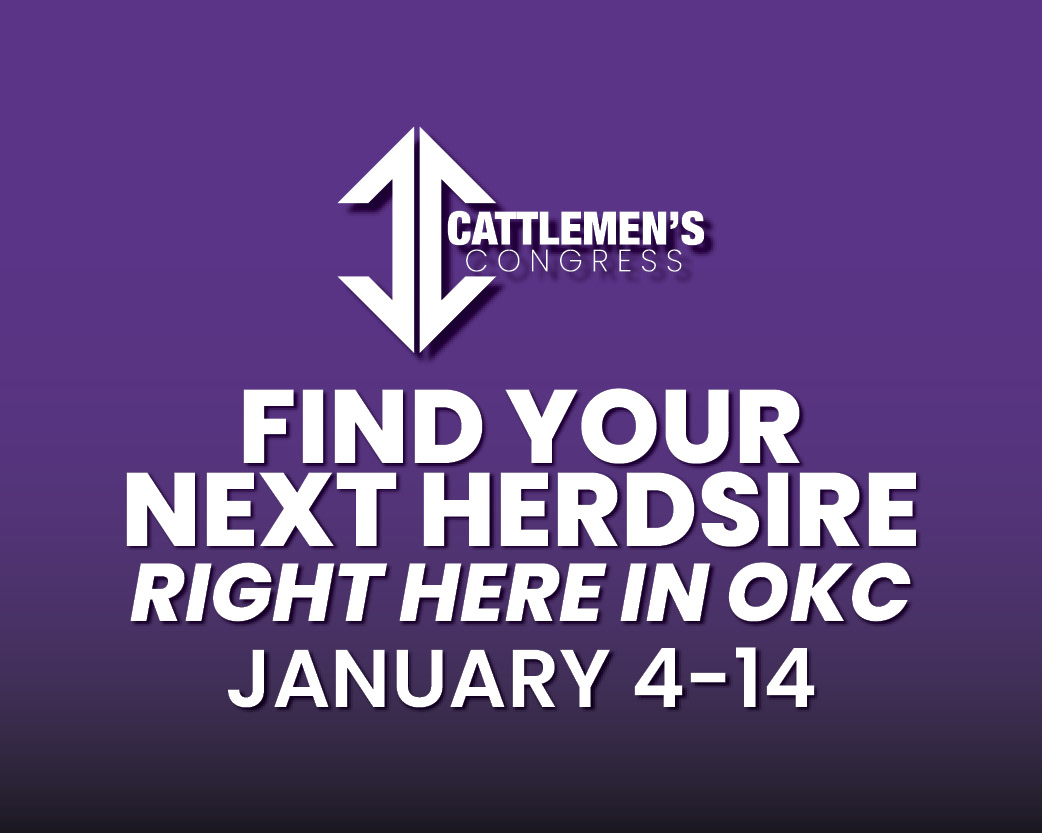
Veterinarians are critical to the success of rural economies both as a service provider and small business. Veterinarians support food and fiber animal industries, maintain the health of companion animals, identify zoonotic diseases, and play a critical role in disease surveillance to protect US agriculture. Oklahoma State University (OSU) and its leadership remain committed to addressing challenges in rural communities including impacts to the veterinary workforce and animal agriculture.
In May 2024, the OSU College of Veterinary Medicine graduated its 73rd class. The percentage of OSU graduates entering food animal, equine, or mixed animal practice is routinely higher than the national average. From the Class of 2024 respondents, 27 percent of OSU grads entered large or mixed animal practices. As one class departs, another follows. The OSU CVM recently welcomed the Class of 2028. This class will have 111 students including 58 Oklahoma residents, and entered with a 3.64 undergraduate GPA. 14 students joined the class from the OSU Early Admissions Program.
Over the past several years, Oklahoma legislative and agricultural industry leaders have invested in supporting the OSU CVM, its students, and graduates. During the 2023 session, the OSU Veterinary Medicine Authority (OSUVMA) was created through House Bill 2863 for the purposes of supporting the educational, research, and practice activities of the CVM. The OSUVMA secures long-term support for clinical faculty, student training, and the veterinary teaching hospital, similar to how the OSU Medical Authority and the University Hospitals Authority support the state’s medical schools.
Additionally, during the 2024 legislative session, House Bill 3196, the Dr. Lee Denney Act, was passed to provide financial support for students pursuing a veterinary medicine degree at OSU to practice in rural Oklahoma communities and receive training to meet the needs of livestock producers. Preference for awards will be given to those students who are focused on large animal veterinary medicine, who are Oklahoma residents, and who agree to serve in a community in Oklahoma which has a population not to exceed 25,000. HB 3196 also provides language for support of large animal veterinarians currently practicing in similarly sized communities.
Oklahoma State University is joining a new pilot program from Farm Journal Foundation (FJF) to support veterinary students and early career veterinary graduates in their professional development and address the national shortage of rural, food-supply veterinarians. The university is one of 10 schools participating in the Veterinary Workforce Solutions Program. The program supports veterinary students across a number of areas, including tackling student debt and financial planning, developing business management skills, and learning how to engage with rural communities. More information, including educational modules for undergraduates, veterinary students, and veterinarians can be found at ruralveterinaryworkforcesolutions.org.
The Oklahoma Department of Agriculture, Food, and Forestry is also collaborating with the FJF to assess Oklahoma’s unique challenges, as well as mechanisms to support veterinarians, producers, and rural communities. Oklahoma is one of only three states participating in this initiative. Data collection is currently ongoing from veterinary and agricultural stakeholders. Information will be analyzed to develop measures to support the veterinary workforce and community readiness.
Article courtesy of Dr. Rosslyn Biggs, OSU


















